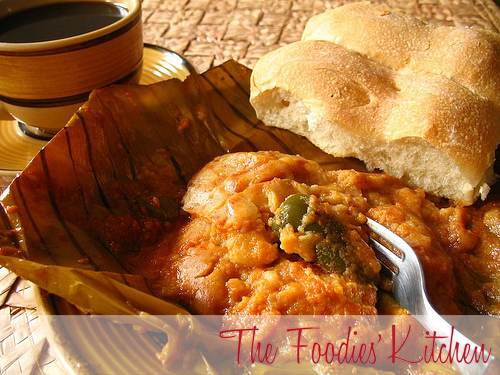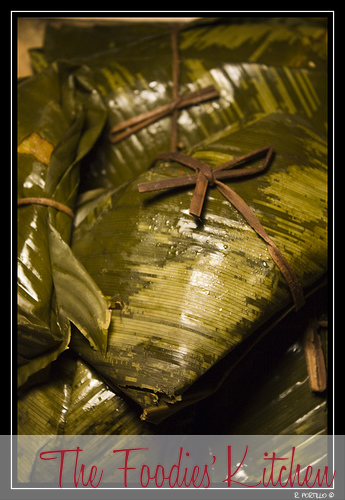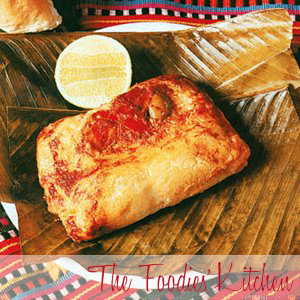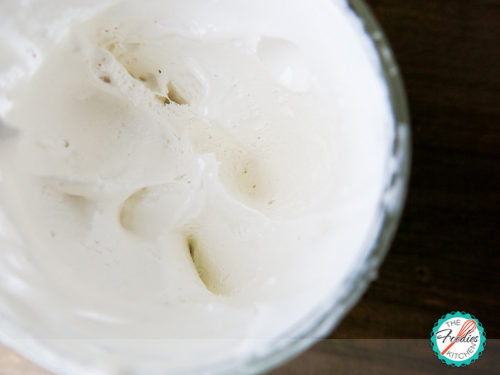
Tamales
This post is also available in / Esta entrada también está disponible en ESPAÑOL (SPANISH)
Tamales consist of “masa” which is a mixture of corn flour, rice and lard. “Recado” which is a sauce made up of tomatoes, bell peppers, dried chilies, pepitoria seeds (pumpkin seeds), achiote (a red-orange paste or powder used mainly for color, Annato) and salt. These two components together with some other ingredients are folded and cooked inside plantain leaves.

The tamales are made by placing a plantain leaf on a flat surface, and then some of the “masa” is placed in the middle. On top of that, a couple of tablespoons of “recado” are ladled, followed by pieces of pork or chicken, a strip of red bell pepper, a couple of olives and sometimes prunes and some capers are added too. After all the ingredients have been added, the plantain leaf is tightly closed with string to form the tamal. They now have to be cooked, before this step they have just been formed with the raw “masa”. To cook them plantain leaves will be placed in the bottom of a large pot with about 4-6 cups of water, then the tamales will be carefully placed inside the pot, one beside each other until all of them are in. Next, they are covered with plantain leaves and the pot has to be tighly closed to let it cook for about 1 ½ hours.
To serve the tamal, the plantain leaf is opened and placed on a flat plate. It is accompanied by white bread and lemon and can be eaten at any time of day. They are typically served for large family reunions and celebrations such as Christmas.

The origin of the tamal has been disputed by several Latin American countries, although no proof has been obtained to attribute them to any particular culture or country. Several varities of tamales have been developed in almost all latin American countries. They have been described in Mexico by father Bernardino de Sahagun in his writings on General History of things in New Spain at the beginning of the XVI century. He and other authors make reference to tamales not only as food for the common folk, but for noblemen and priests.
Nowadays tamales evoke family togetherness and will continue to be an important part of our heritage for generations to come.

Source and Pictures: DeGuate, Centro Historico
© 2010 – 2020, The Foodies’ Kitchen. All rights reserved | Todos los derechos reservados
This post is also available in / Esta entrada también está disponible en ESPAÑOL (SPANISH)




